So you want to learn about continuation candlestick patterns, huh?
Smart choice.
Recognizing signs of potential continuations is a useful skill all traders should master.
Here, we will go over the top 6 candlestick patterns that may signal continuation.
Identifying Candlestick Continuation Patterns
There are several candlestick patterns that imply potential continuation.
Take special note of the words imply and potential.
Candlesticks represent past price action.
Therefore, no group of candlesticks can guarantee a future outcome. Instead, you should look at them as warning signs or points of interest.
In the same vein, it is crucial that you wait for the full pattern to complete before you give them any weight. It’s quite common for a group of candlesticks to begin to form a recognizable pattern only for the final candle to break the formation. Always wait for the last candle to close before labeling any given candlestick pattern.
Moreover, you’d be wise to look for additional points of confirmation for the continuation before making any trading decisions. There are various ways to confirm a continuation and the more of these that align, the more you can trust the signal. In fact, you’re probably better off using candlestick patterns as final confirmation.
Still, you have to learn to see them if you’re ever going to be able to use them.
Here are six of the top candlestick continuation patterns (in alphabetical order):
In Neck
An in neck pattern is a 2-candlestick formation that may signal continuation.
It is made up of a long candle moving in the direction of current trend followed by a gap and a shorter candle that fills the gap to close near the close of the previous candle.
It comes in both bearish and bullish variations.
Bearish ones look like this:
Bullish ones look like this:
In trading terms:
- During the first period, price action continued the ongoing trend.
- The second period opens with a gap that is filled but price gets no further, ending with a similar close to the following period.
In neck patterns show that the trending side attempted to press their advantage on candle one, continued to do so between candles, but then allowed some reprieve by the close of candle two.
Pattern Type: Continuation
Number of Candlesticks: 2
Looks Like/Narrative Meaning: a pause in the action or rallying point
Technical Specifications***
Technically, an in neck pattern must:
- Begin with a long candle moving with trend
- End with a short candle moving against trend
- Completely fill the gap created after the first period
In practicality though, many traders will make various exceptions.
- The first candle doesn’t necessarily have to be a long candle, as long as its body is longer than the body of the second candle.
- The close of the second candle can be slightly above or below the close of the first candle.
- It can take two candles to fill the gap, as long as the combined length of the second and third candles is shorter than the length of the first.
***Depending on who you ask, any of these standards may be more or less important. Moreover, some of these variations may be more properly classified as other continuation candlestick patterns.
Related Patterns
- Similar to Counterattack Lines Pattern
- Similar to On Neck Pattern
For more detail, read our full breakdown on How to Trade In Neck Candlestick Patterns.
Mat Hold
A mat hold pattern is a 5-candlestick formation that may signal a continuation.
It is made up of a large candlestick moving in the direction of current trend, followed by a gap and three shorter candles that move against trend but do not close beyond the open of the first candle, then another large candle that closes beyond all prior candles in the direction of trend.
It comes in both bearish and bullish variations.
Bearish ones look like this:
Bullish ones look like this:
In trading terms:
- During the first period, the price drove strongly in the direction of trend.
- The second period opened with a gap that got filled over the course of the next three periods as price moved against trend but never closed beyond the open of the first period.
- During the fifth period, price resumed and exceeded the movement of the first period.
Mat hold patterns show that one side attempted to press their advantage on candle one (and between candles one and two), stalled for the next three candles, before finally regaining control and pressing trend further.
Pattern Type: Continuation
Number of Candlesticks: 5
Looks Like/Narrative Meaning: a one-sided beatdown or near-knockout blow
Technical Specifications***
Technically, a mat hold pattern must:
- Begin with a long candle moving with trend
- Have a gap in the direction of trend after the first candle that get filled over the course of the next three candles
- Have three consecutive short candlesticks after the first candlestick, that move against trend
- Not have any of the middle candles close beyond the open of the first candle
- End with another long candle moving with trend, that closes beyond the body and wicks of all prior candles in the pattern
In practicality though, many traders will make various exceptions.
- The first candle doesn’t necessarily have to be a long candle, as long as none of the smaller candles close beyond the first candle’s open.
- The middle three candles don’t all have to be short candlesticks and move against the trend, as long as none close beyond the open of the first candle.
- The gap can go, especially in markets where gaps are less common like cryptocurrency.
- The final candle doesn’t necessarily have to close beyond all the wicks of the prior candles, as long as it closes beyond the bodies.
***Depending on who you ask, any of these standards may be more or less important. Moreover, some of these variations may be more properly classified as other continuation candlestick patterns.
Related Patterns
- Similar to Three Methods Pattern
For more detail, read our full breakdown on How to Trade Mat Hold Candlestick Patterns.
On Neck
An on neck pattern is a 2-candlestick formation that may signal a potential continuation.
It is made up of a long candle moving in the direction of trend followed by a gap and a shorter candle that fails to fill the gap, closing near the high or low of the previous candle.
bearish and bullish variations.
Bearish ones look like this:
Bullish ones look like this:
In trading terms:
- During the first period, price action continued the ongoing trend.
- The second period opens with a gap that is only partially filled, closing near the high or low of the previous period.
On neck patterns show that the trending side attempted to press their advantage on candle one, continued to do so between candles, then held their ground fairly well on candle two.
Pattern Type: Continuation
Number of Candlesticks: 2
Looks Like/Narrative Meaning: “no man’s land” or a mustering line
Technical Specifications***
Technically, an on neck pattern must:
- Begin with a long candle moving with trend that has a wick in the direction of trend, such as a belt hold candlestick
- End with a short candle moving against trend
- Have a gap after the first candle that exceeds the wick of the first candle
- Partially fill the gap created after the first period, to the wick of the first candle
In practicality though, many traders will make various exceptions.
- The first candle doesn’t necessarily have to be a long candle, as long as its body is significantly longer than the body of the second candle.
- The first candle doesn’t necessarily have to have a wick in the direction of trend, as long as there is a gap that is only partially filled by the next candle.
- The close of the second candle can be slightly above or below the wick of the first candle, as long as it does not get too near the close for the second candle.
- It can take two candles to reach the first candle’s wick, as long as the combined length of the second and third candles is significantly shorter than the body of the first candle.
***Depending on who you ask, any of these standards may be more or less important. Moreover, some of these variations may be more properly classified as other continuation candlestick patterns.
Related Patterns
- Similar to Counterattack Lines Pattern
- Similar to In Neck Pattern
For more detail, read our full breakdown on How to Trade On Neck Candlestick Patterns.
Tasuki Gap
A tasuki gap pattern is a 3-candlestick formation that may signal a continuation.
It is made up of a candle moving in the direction of trend, followed by a gap, another candle moving in the direction of trend, and then a candle moving against trend that partially closes the gap between the first two.
It comes in both bearish and bullish variations, known respectively as the downside tasuki gap and upside tasuki gap.
Bearish ones look like this:
Bullish ones look like this:
In trading terms:
- During the first period, price drove strongly in the direction of trend.
- Between periods, price continued driving in the same direction.
- During the second period, price yet again continued driving in the direction of trend.
- During the third period, price moved against trend to close somewhere in the middle of the gap.
Tasuki gap patterns show that one side pressed their advantage on candle one, continued between candles one and two, continued further through the end of two, until finally suffering a relatively minor setback on candle three.
Pattern Type: Continuation
Number of Candlesticks: 3
Looks Like/Narrative Meaning: a momentary respite or an attempted counterattack
Technical Specifications***
Technically, a tasuki gap pattern must:
- Begin with a long candle moving with trend
- Have a trend-side gap after after the first candle
- Have a second long candle moving with trend after the gap
- End with a long candle moving against trend that partially fills the gap
In practicality though, many traders will make various exceptions.
- The first candle doesn’t necessarily have to be a long candle, as long as it is a candlestick that gives a strong bias in the direction of trend (such as a dragonfly doji or gravestone doji).
- The second candle doesn’t necessarily have to be a long candle, as long as the first one is and the gap remains unfilled.
- The third candle doesn’t necessarily have to be a long candle, as long as it doesn’t fully fill the gap and moves against trend.
- The third candle doesn’t have to fill the gap at all, as long as it moves against trend.
- It can take multiple countertrend candles to reach the gap, as long as all other criteria are met and the gap remains partially unfilled.
***Depending on who you ask, any of these standards may be more or less important. Moreover, some of these variations may be more properly classified as other continuation candlestick patterns.
Related Patterns
- Extension of Window Pattern
For more detail, read our full breakdown on How to Trade Tasuki Gap Candlestick Patterns.
Three Methods
A three methods pattern is a 5-candlestick formation that may signal a continuation.
It is made up of a large candlestick moving in the direction of current trend, followed by three shorter candles that move against trend but do not close beyond the open of the first candle, then another large candle that closes beyond all prior candles in the direction of trend.
It comes in both bearish and bullish variations, known respectively as the falling three methods and rising three methods.
Bearish ones look like this:
Bullish ones look like this:
In trading terms:
- During the first period, the price drove strongly in the direction of trend.
- During the next three periods, price traded against trend but never closed beyond the open of the first period.
- During the fifth period, price resumed and exceeded the movement of the first period.
Three methods patterns show that one side attempted to press their advantage on candle one, stalled for the next three candles, before finally regaining control and pressing trend further.
Pattern Type: Continuation
Number of Candlesticks: 5
Looks Like/Narrative Meaning: one-sided beatdown or near-knockout blow
Technical Specifications***
Technically, a three methods pattern must:
- Begin with a long candle moving with trend
- Have three consecutive short candlesticks after the first candlestick, that move against trend
- Not have any of the middle candles close beyond the open of the first candle
- End with another long candle moving with trend, that closes beyond the body and wicks of all prior candles in the pattern
In practicality though, many traders will make various exceptions.
- The first candle doesn’t necessarily have to be a long candle, as long as none of the smaller candles close beyond the first candle’s open.
- The middle three candles don’t all have to be short candlesticks and move against the trend, as long as none close beyond the open of the first candle.
- The final candle doesn’t necessarily have to close beyond all the wicks of the prior candles, as long as it closes beyond the bodies.
***Depending on who you ask, any of these standards may be more or less important. Moreover, some of these variations may be more properly classified as other continuation candlestick patterns.
Related Patterns
- Similar to Mat Hold Pattern
For more detail, read our full breakdown on How to Trade Three Methods Candlestick Patterns.
Window
A window pattern is a 2-candlestick formation that may signal a continuation.
It is made up of two large candles moving in the direction of current trend with a gap between them.
It comes in both bearish and bullish variations, known respectively as the falling window and rising window.
Bearish ones look like this:
Bullish ones look like this:
In trading terms:
- During the first period, price drove strongly in the direction of trend.
- Between periods, price continued driving in the same direction.
- During the second period, price yet again continued driving in the direction of trend.
Window patterns show that one side pressed their advantage on candle one, continued between candles one and two, and continued further through the end of two.
Pattern Type: Continuation
Number of Candlesticks: 2
Looks Like/Narrative Meaning: a runaway train or uncontested offensive
Technical Specifications***
Technically, a window pattern must:
- Have two long candles moving with trend
- Have a gap between both candles
In practicality though, many traders will make various exceptions.
- The first candle doesn’t necessarily have to be a long candle, as long as it is a candlestick that gives a strong bias in the direction of trend (such as a dragonfly doji or gravestone doji).
- The second candle doesn’t necessarily have to be a long candle, as long as the first one is and the gap remains unfilled.
***Depending on who you ask, any of these standards may be more or less important. Moreover, some of these variations may be more properly classified as other continuation candlestick patterns.
Related Patterns
- Precursor of Tasuki Gap Pattern
For more detail, read our full breakdown on How to Trade Window Candlestick Patterns.
Takeaways
Obviously, there are quite a few different candlestick patterns.
However, you don’t have to memorize all the names and exact specifications. Instead, focus on the principles of price action and technical analysis. That way, you’ll see what is going on with any candlestick formation, whether it fits into one of these categories or not.
At the end of the day, understanding candlestick patterns is only one piece of the puzzle. You’ll need more tools in the toolkit to read the full story in the charts—and even more than that if you want to put together a complete trading strategy.
Know of an important candlestick pattern we missed? Have some special insight into trading a specific pattern? Contribute to the conversation in the comments below! Or, share this post with a trader it might help. And if you haven’t already, check out our Candlestick Patterns Guide to learn the best ways to trade candlestick patterns.

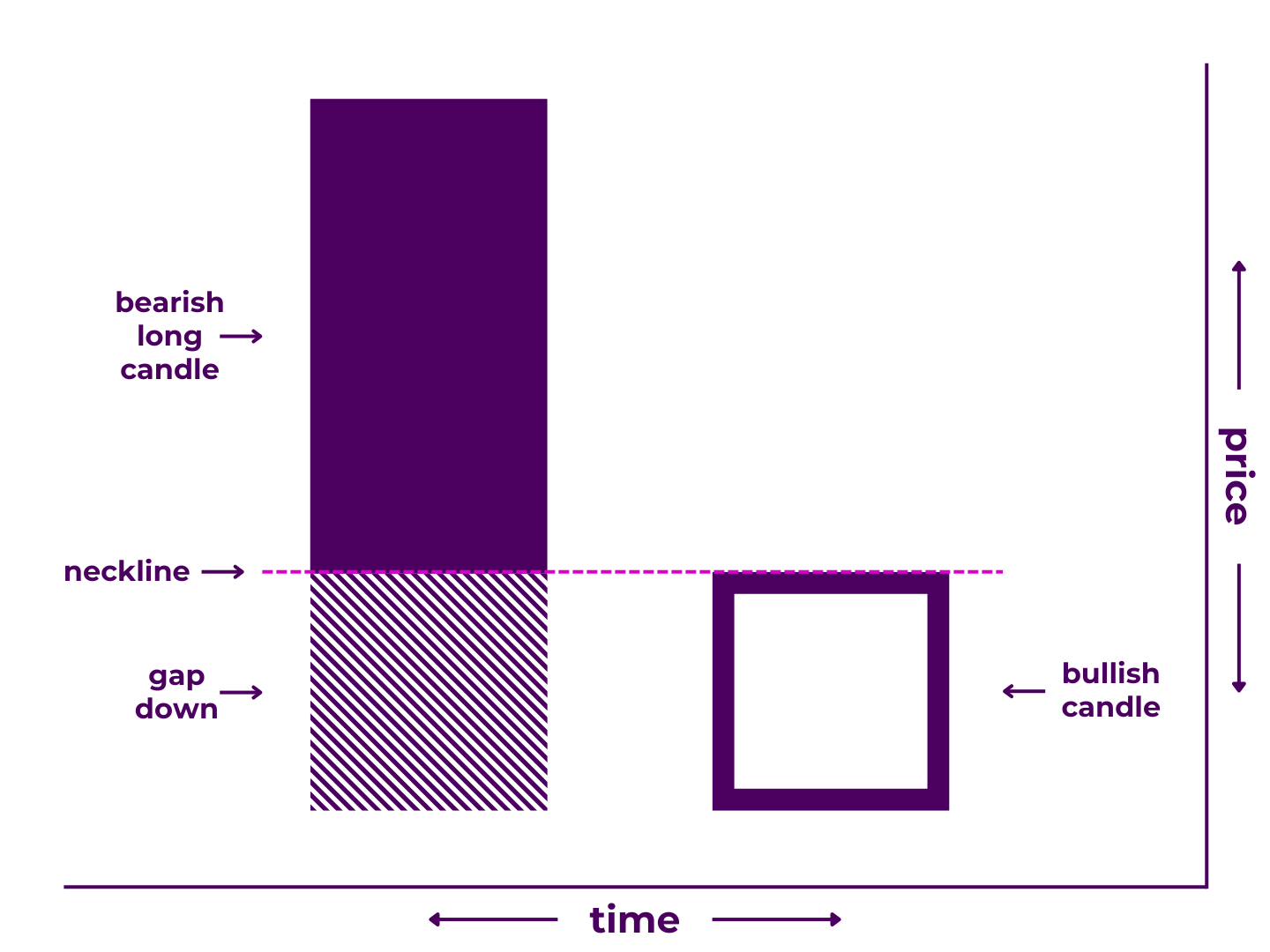
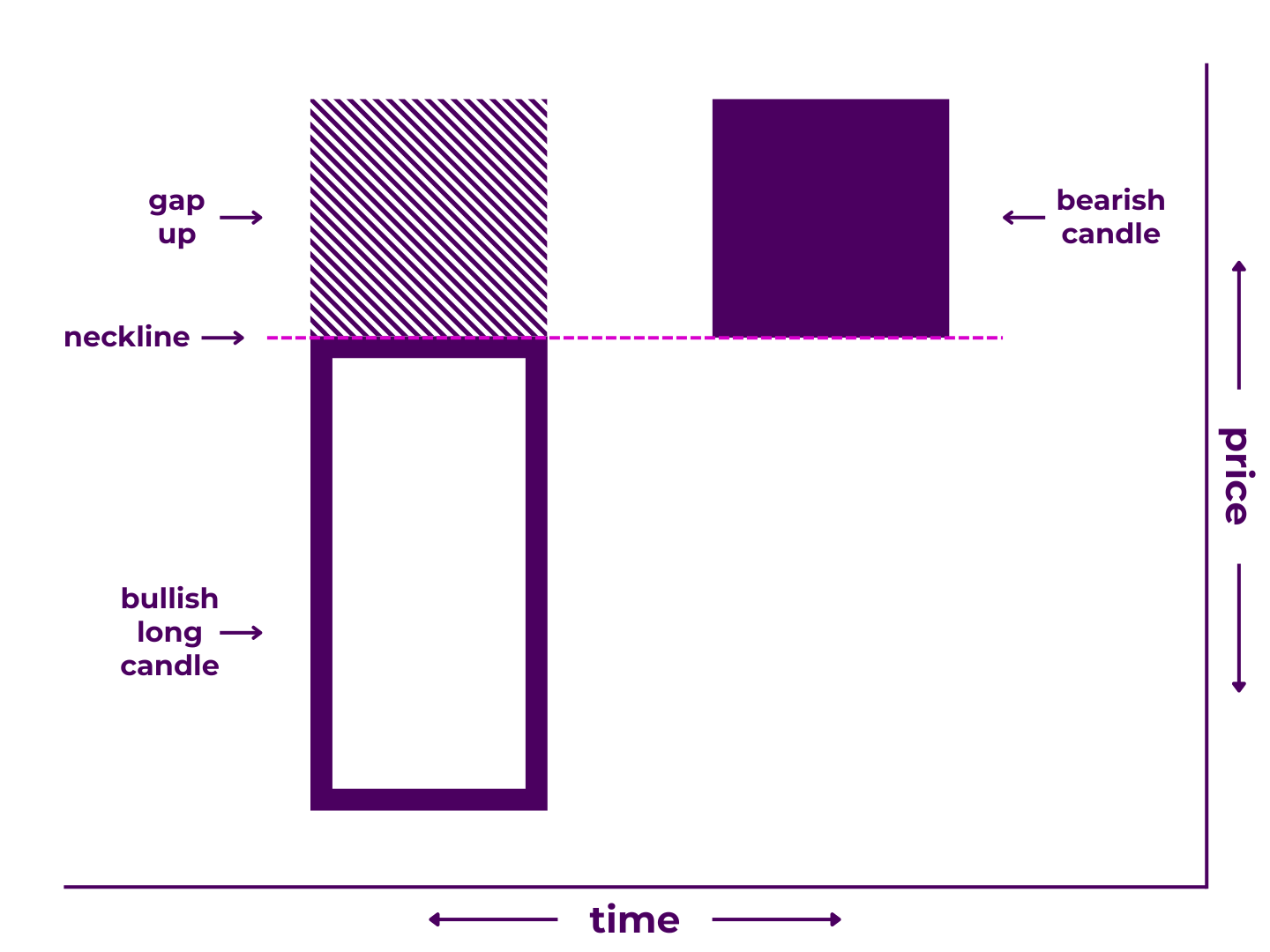
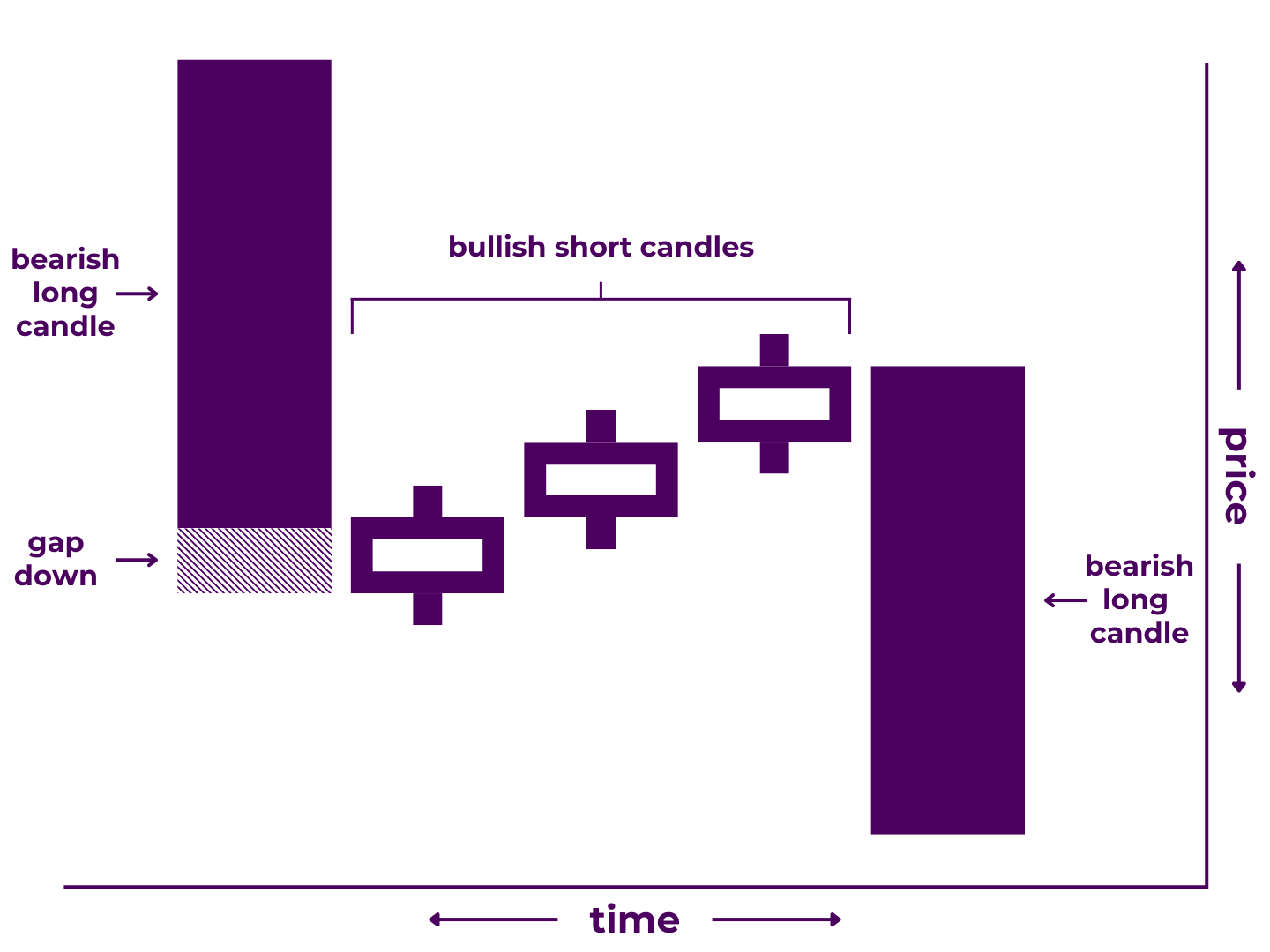
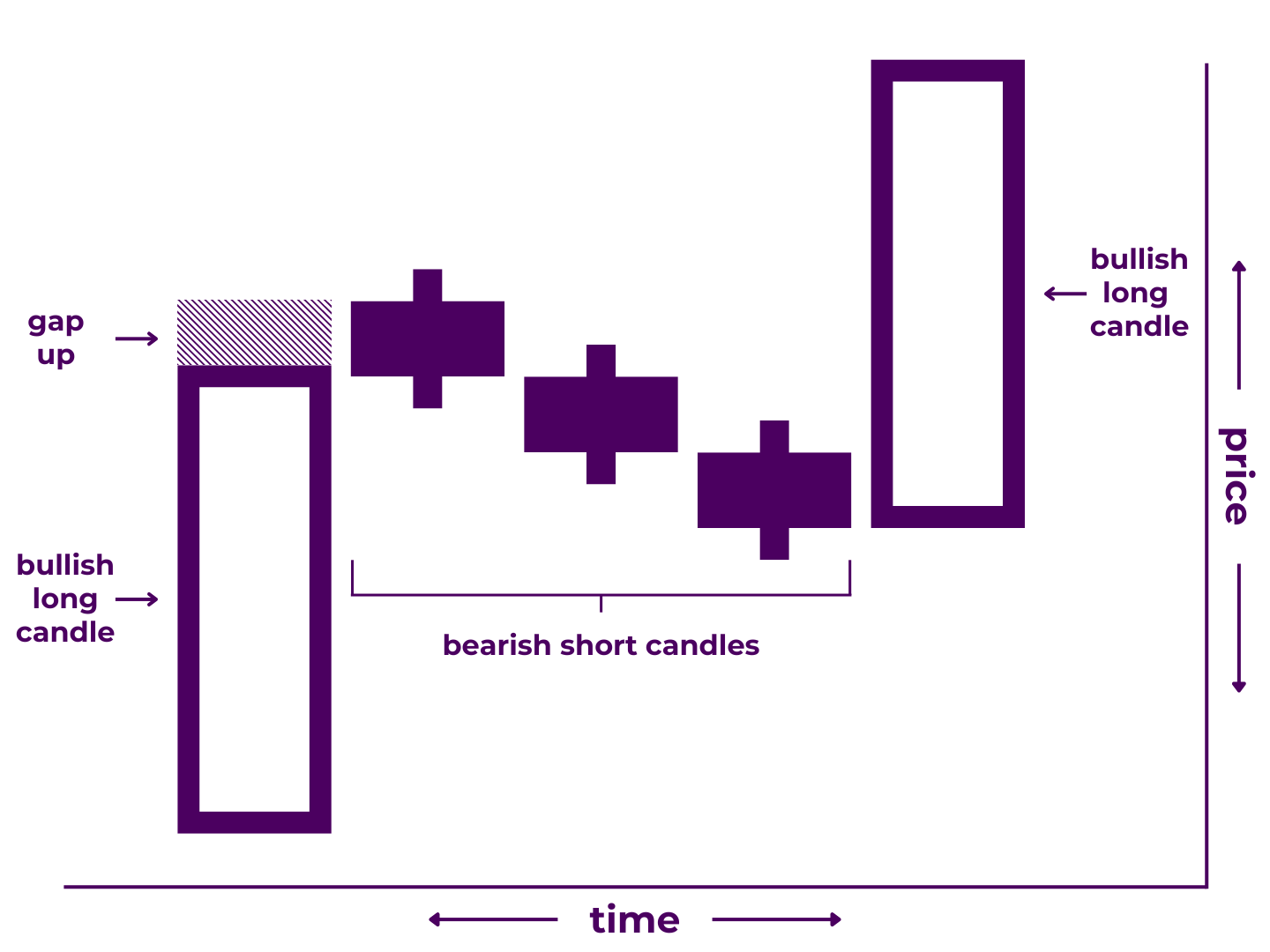
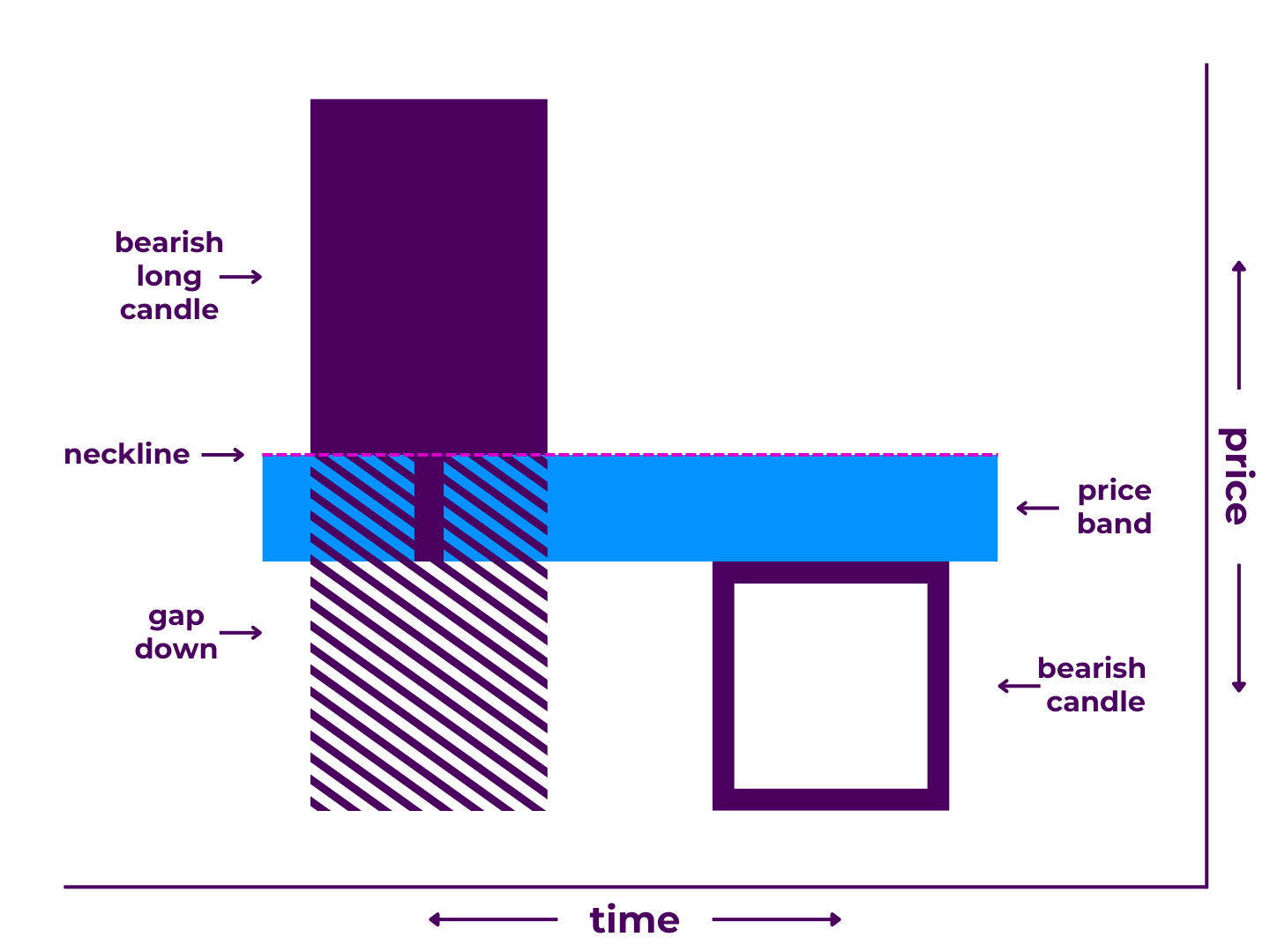
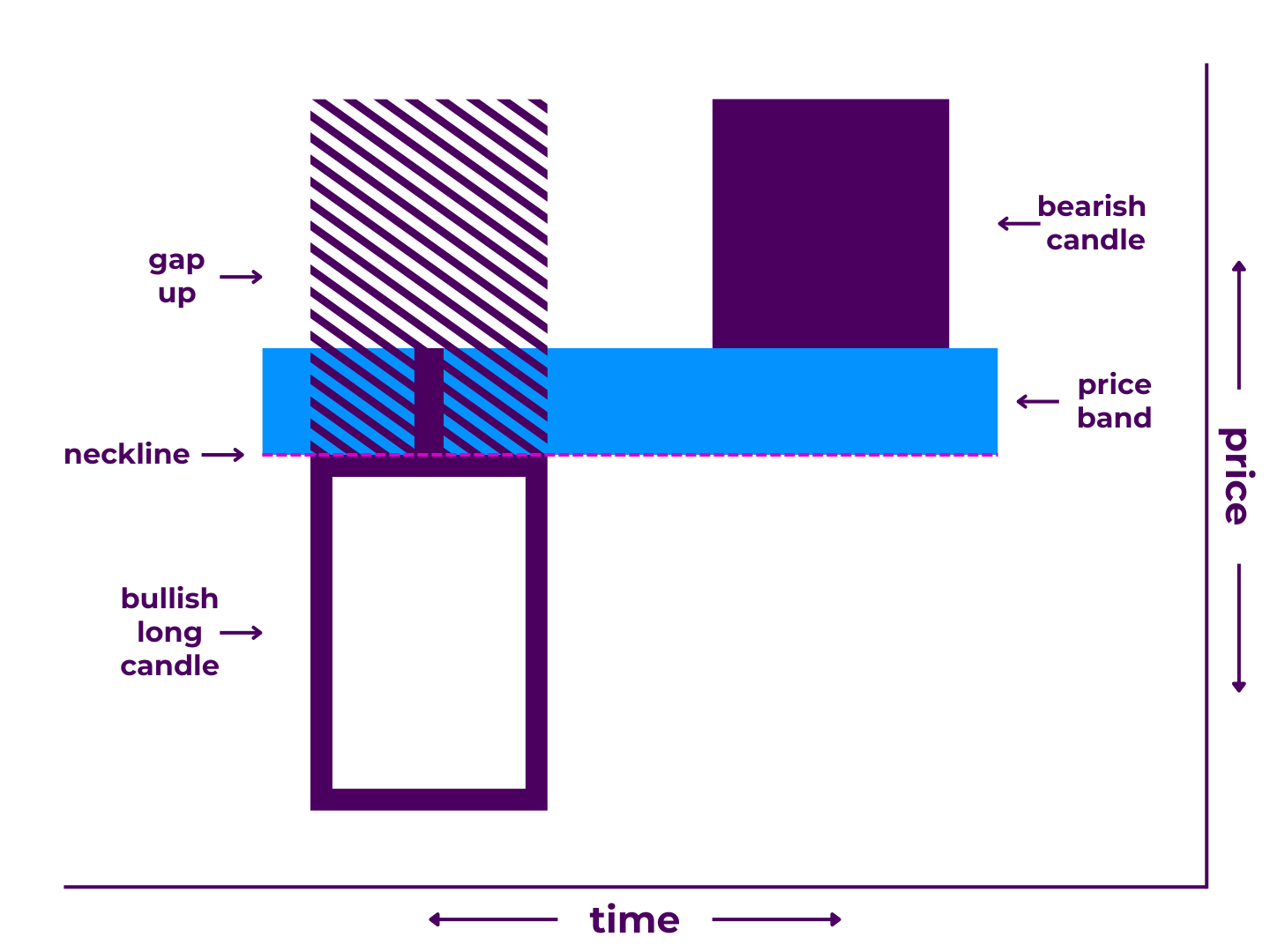
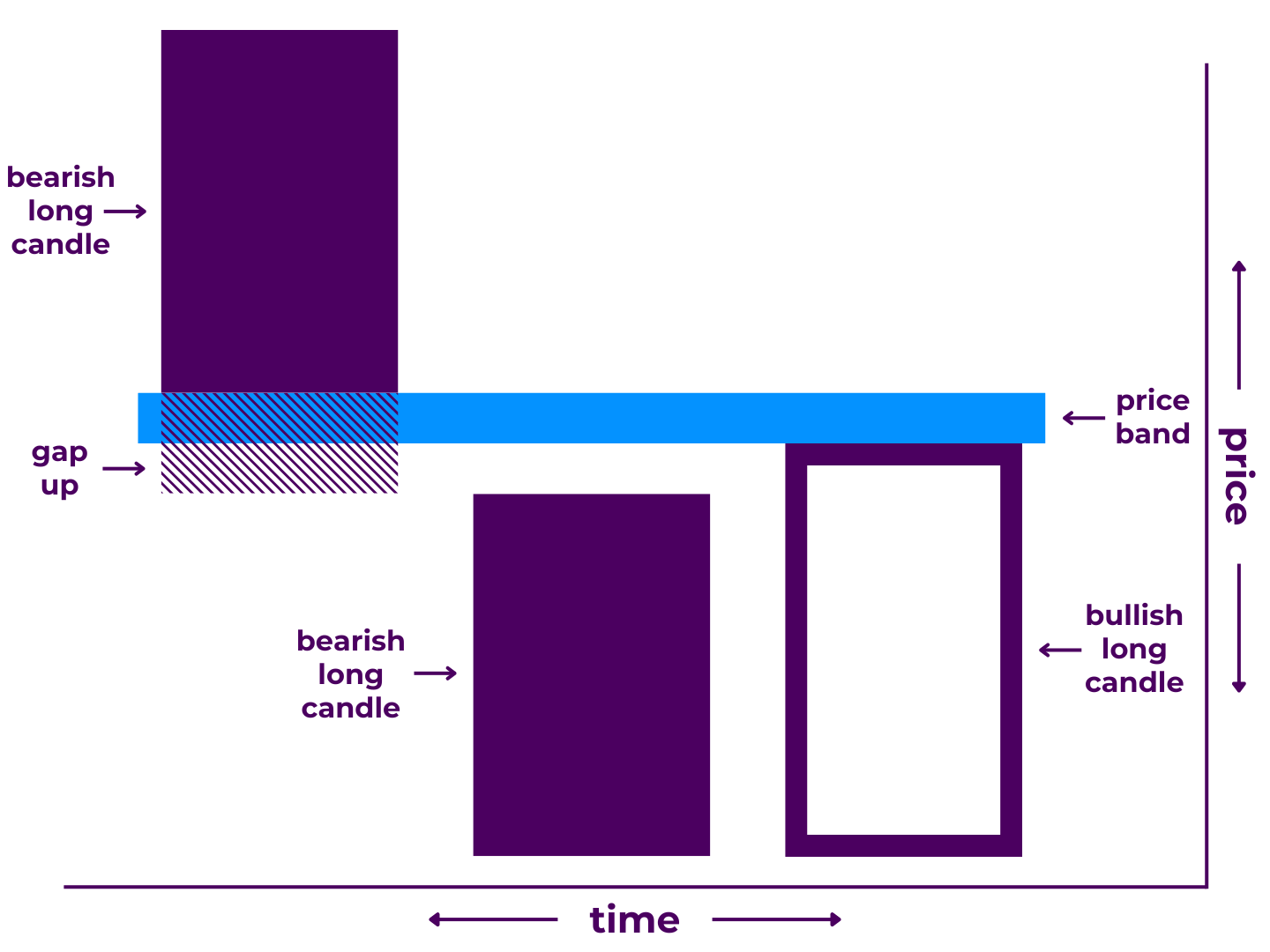
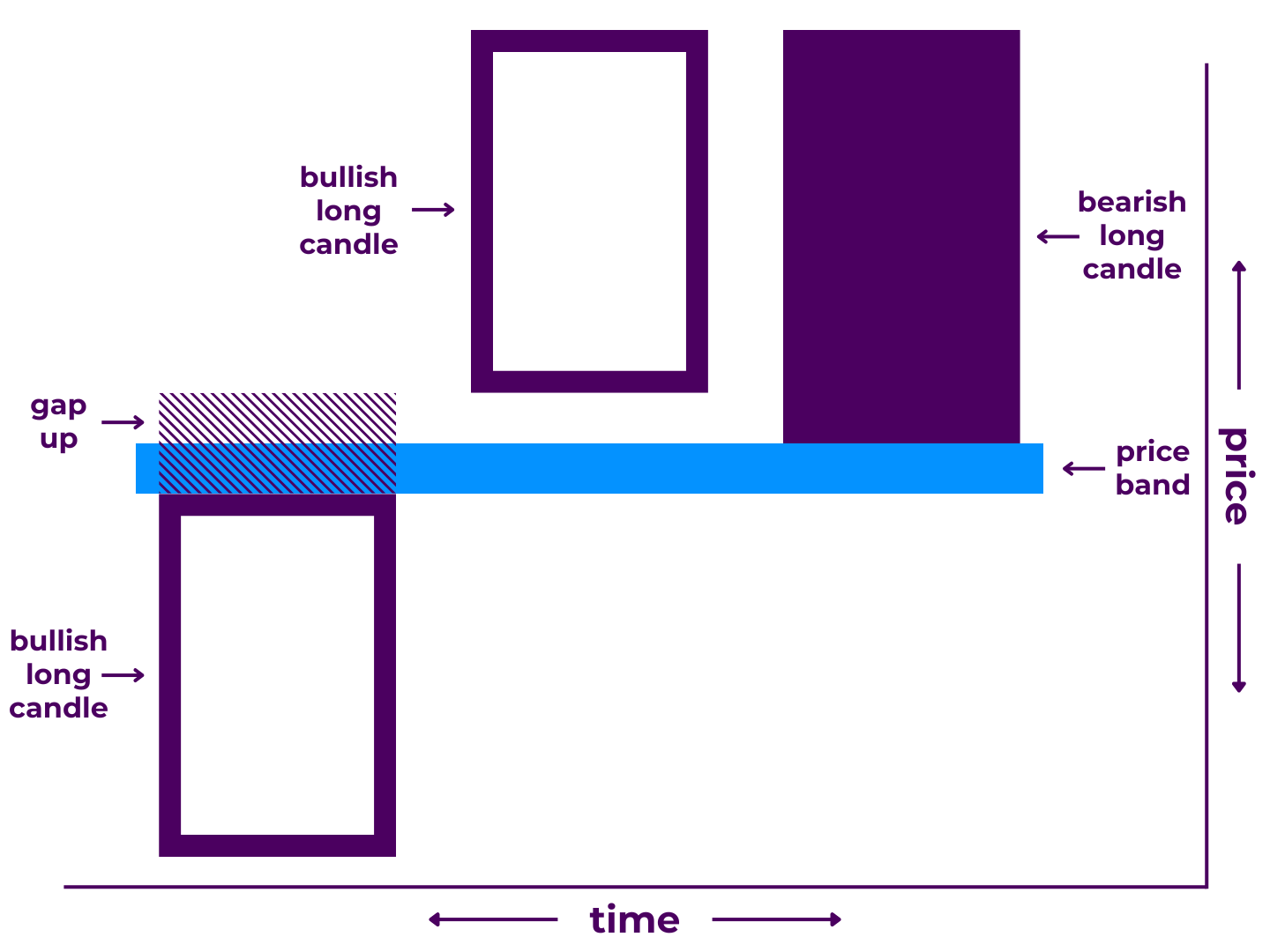
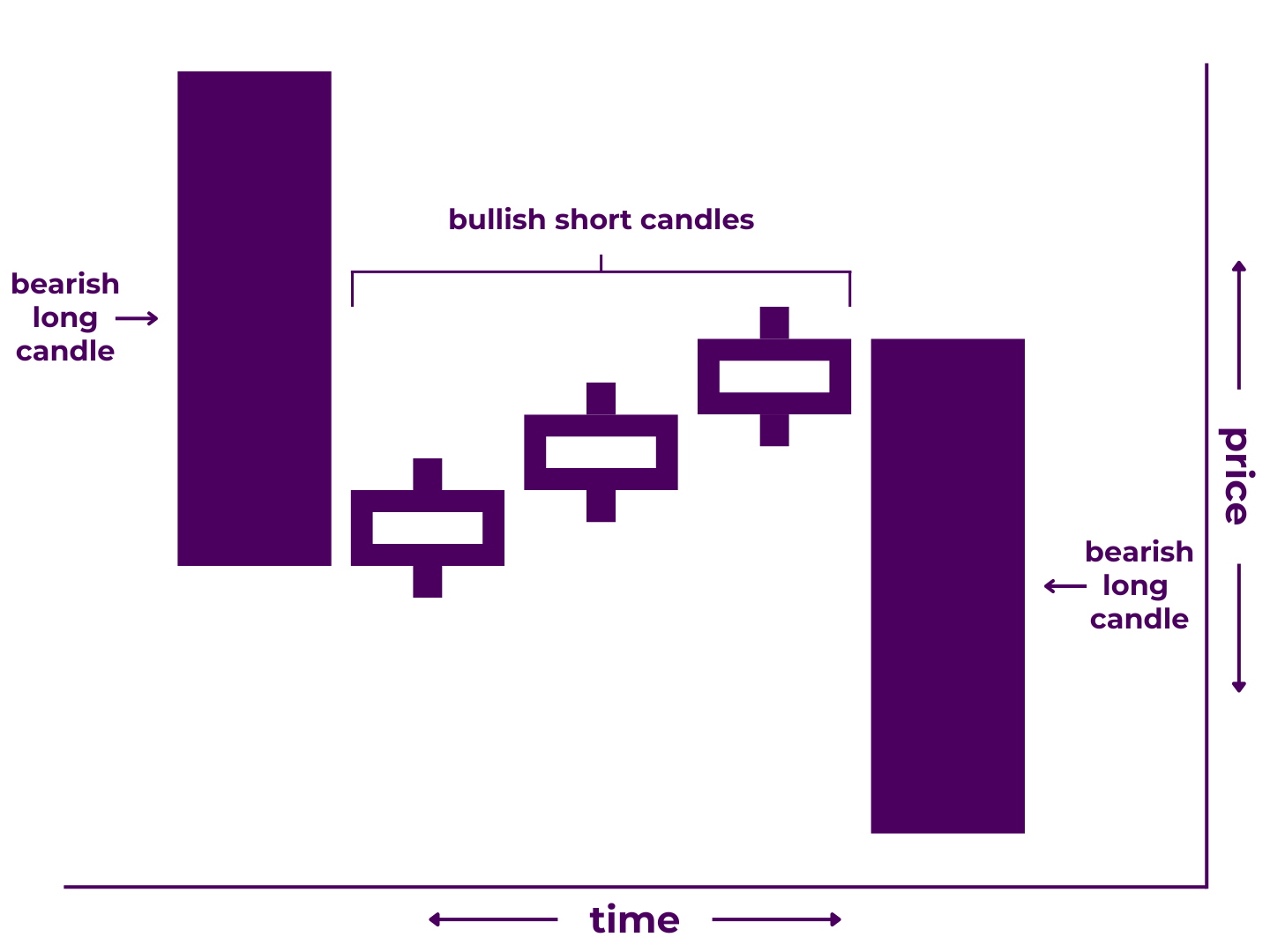
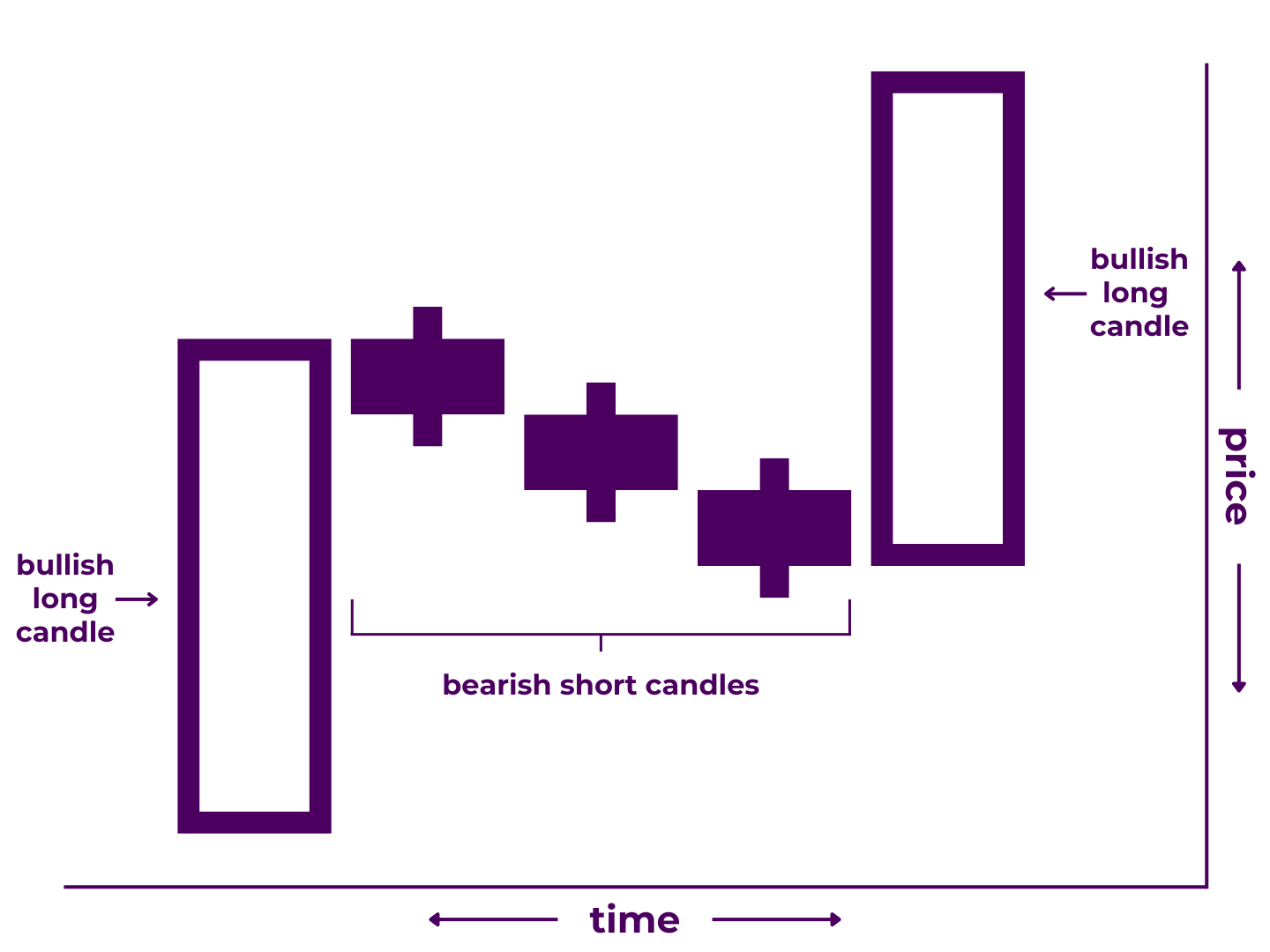
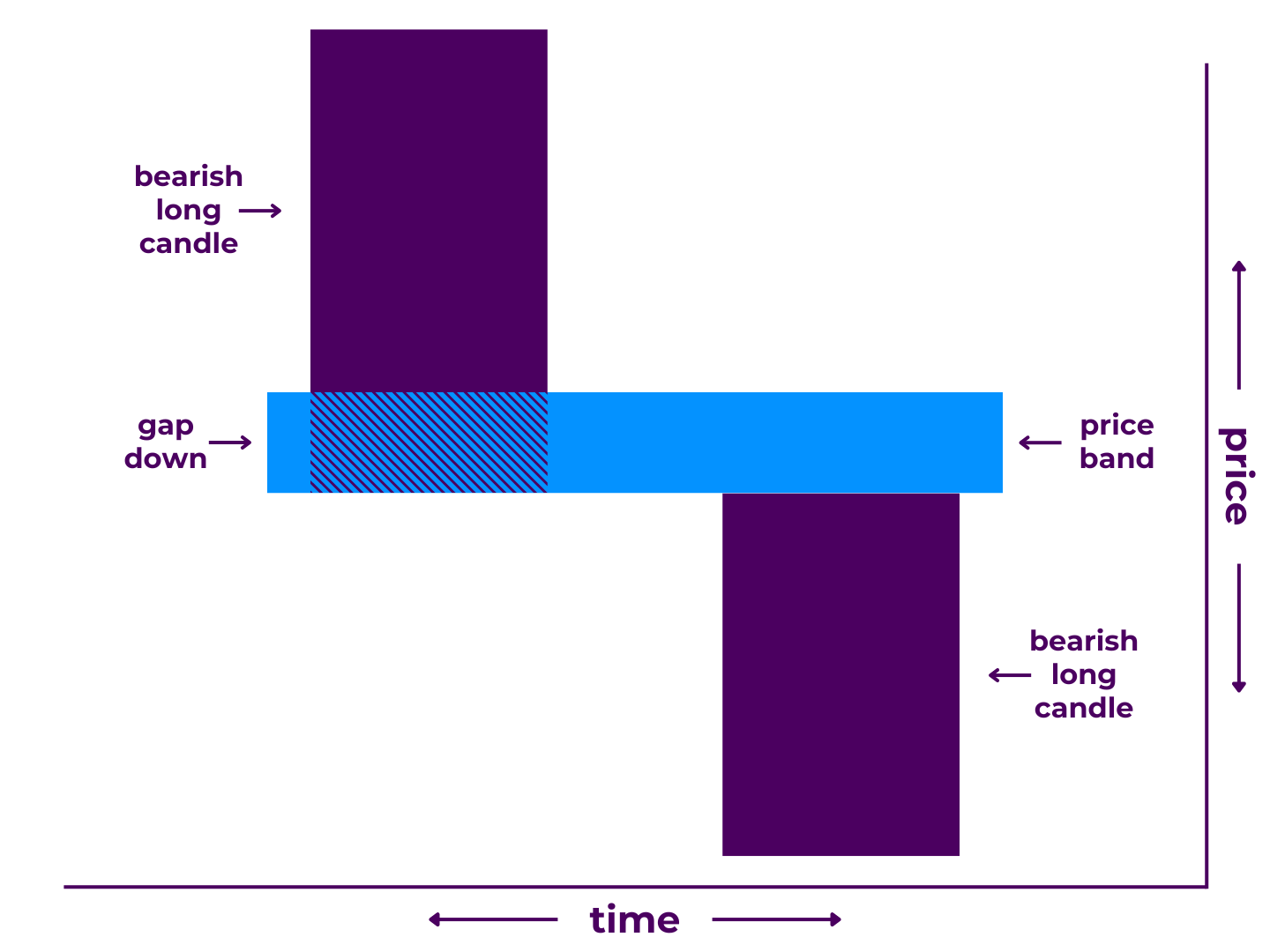
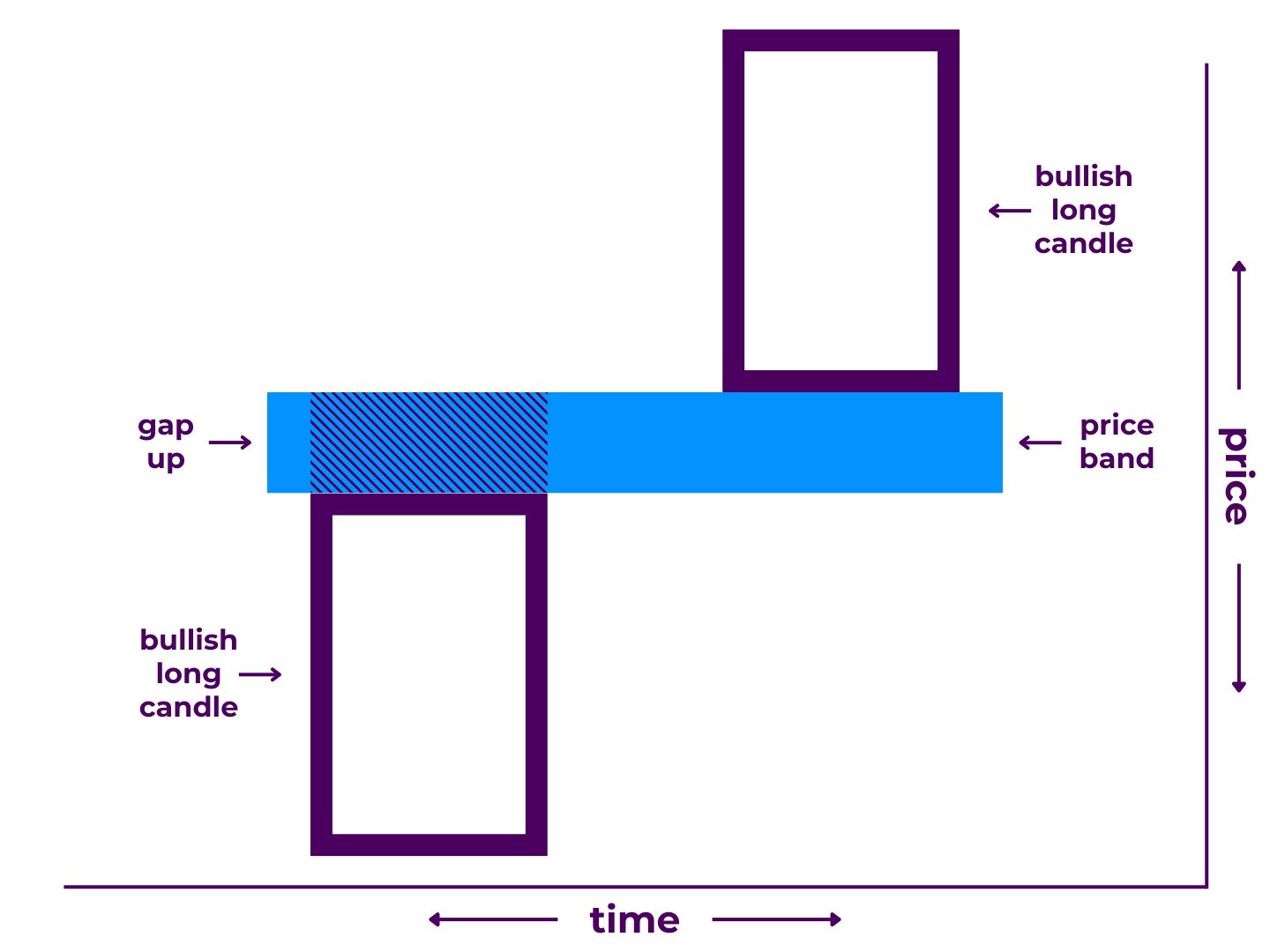
0 Comments